I've been using one of the older implicit surface algorithms, due to Bloomenthal, as found here, basically the tetrahedral-based algorithm. This works fairly well, but has a shortcoming. Since it uses a fixed grid, it either wastes polygons or ignores detail, depending on the grid size selected.
So my question is, what are my options for improving this? Are there any freely available (source or good description) implicit surface algorithms which are more adaptive to the curvature of the model? Any option I'm missing?
I have found one paper so far which looks promising, pointers to others would be appreciated.
